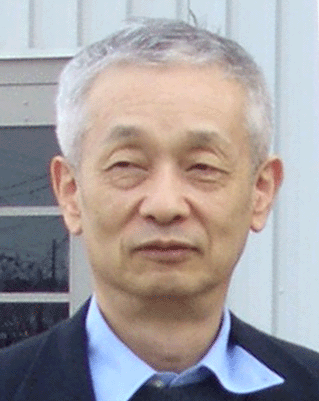Director, Advanced Science-Technology Research Organization (ASTRO), Yokohama, Japan
Interests: Gravity, Magnetic Propulsion Age: 68
From Wikibin: http://wikibin.org/articles/takaaki-musha.html
Takaaki Musha (born September 17, 1951) is a Japanese research engineer. He received M.E. and Ph.D. degrees from Shinshu University, Nagano, Japan, in 1977 and 1994, respectively, both in material science and mechanical engineering. He joined the Advanced Space Propulsion Investigation Committee (ASPIC) in 1994, which was organized under the Japan Society for Aeronautical and Space Sciences, the purpose of which was to study non-chemical space propulsion systems.
He has been working for the Technical Research & Development Institute of the as a research engineer on naval systems. He is a member of the Institute of Electrical and Electronics Engineers (IEEE) , the Japan Society of Mechanical Engineers and the Marine Acoustics Society of Japan. He has published numerous articles in scientific and engineering journals. In addition to acoustics, his research interests include physics of faster-than-light (also known as superluminal) phenomena, anti-gravitational propulsion, and non-conventional energy sources. From 1992 to 1996, he conducted experiments to confirm the Biefeld-Brown effect solely and later cooperated with the research group of the Honda R&D institute, and obtained positive results. He also derived the formula to explain the electrogravitic effect from the weak-field approximation of Einstein's General Relativity Theory; a formula that was similar to the formula obtained by Boyko V.Ivanov, which was derived from the Weyl-Majumdar-Papapetrou solutions of the General Relativity Theory.


